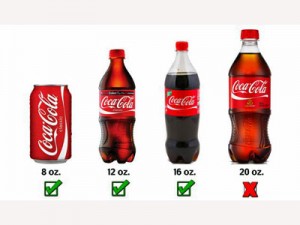 Here at EBL, we’ve written before about why teenagers are more likely to make risky decisions compared to adults – including engaging in risky sexual activity. But we also know that parents can influence their teens’ decisions about sex—and we’re not just talking about a mom sitting down with a teen for “the talk.”
Here at EBL, we’ve written before about why teenagers are more likely to make risky decisions compared to adults – including engaging in risky sexual activity. But we also know that parents can influence their teens’ decisions about sex—and we’re not just talking about a mom sitting down with a teen for “the talk.”
A new systematic review in the journal Pediatrics found evidence that dads have a unique influence on the sexual behavior of their adolescent children, independent of the mother’s impact.
For their analysis, researchers found 13 studies published between 1980 and 2011 that investigated fathers’ influence on sexual risk-taking for youth ages 11 to 18. They used a sweeping definition of fathers that included stepfathers, adoptive fathers and other men who acted as the primary male caregiver to teens.
What did they find? Fathers (and father figures) matter. The emotional quality of the father-child relationship makes a difference: teens who considered themselves close to their fathers tended to begin having sex later. When fathers are communicative about sex, their children are more likely to make healthy decisions. Fathers’ attitudes matter too: when dads approved of adolescent sexual activity, teens tended to start having sex earlier compared with teens whose dads did not approve.
Maybe the most interesting findings dealt with parenting style: teens with either overly restrictive or overly lenient fathers tended to have sex earlier than teens with dads who found a more balanced approach.
The take home message? Dads and male adults who act as father figures should communicate with teens about their expectations and rules surrounding sexual behavior. And though it may be hard as teens become more independent, keeping a close, positive relationship helps keep adolescent children healthy.








